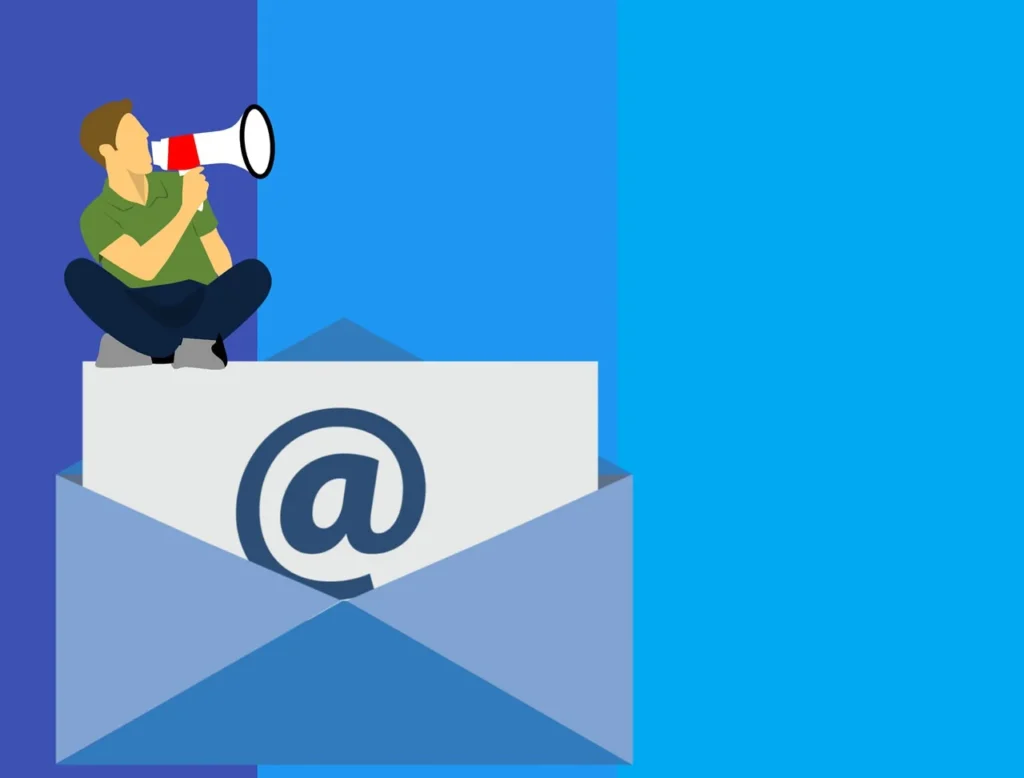Mastering Email Marketing Campaign: Build Your Customer

Creating an Effective Email Marketing Campaign: A Comprehensive Guide Email marketing remains one of the most powerful tools for engaging with your audience and driving conversions. Whether you’re a small business owner, a corporate marketer, or a content creator, an email marketing campaign can significantly enhance your outreach. However, to maximize the potential of email […]
Digital Marketing Versus Traditional Marketing: Why Digital Marketing is the Future

In today’s fast-paced business world, the debate between digital marketing versus traditional marketing has become a topic of significant interest. With technology reshaping every aspect of our lives, including how businesses reach their customers, digital marketing has emerged as the dominant force in the world of advertising and promotion. Unlike traditional marketing, which depends on […]
Revolutionizing Customer Engagement with AI SMS Marketing

In the era of rapid digital communication, AI SMS marketing has emerged as a powerful tool for businesses to connect with customers in a personalized and effective manner. By leveraging artificial intelligence (AI) and customer data platforms (CDPs), companies can craft tailored messages that resonate deeply with individual users. This not only improves customer engagement […]
AI Marketing Strategies: Viral Content and Engagement

AI marketing is reshaping the landscape of digital strategies, offering innovative tools to create personalized, engaging, and highly impactful campaigns. By leveraging artificial intelligence and customer data platforms (CDPs), businesses can optimize their marketing efforts to reach wider audiences, boost engagement, and achieve measurable results. This guide explores how AI marketing strategies is revolutionizing […]
Enhancing AI Influencer Marketing

AI Influencer marketing has become one of the most effective strategies for businesses to engage their target audience and drive conversions. With the rise of artificial intelligence (AI), this approach has evolved into a data driven, personalized marketing technique that delivers measurable results. In this comprehensive guide, we explore how ai influencer marketing empowers by […]
Unlocking the Power of AI Powered Tools in Digital Marketing

In the ever evolving landscape of digital marketing, businesses continuously seek innovative ways to engage audiences, maximize ROI, and enhance customer experiences. Artificial intelligence (AI) has emerged as a transformative force, offering advanced tools and capabilities to elevate digital marketing strategies. This article delves into how ai powered tools in digital marketing are reshaping targeted social […]
How AI Transforms Email Marketing: Personalization, Targeting, and Beyond
Email Marketing AI: Revolutionizing Campaign Strategies Artificial intelligence (AI) is redefining email marketing by enabling advanced personalization, segmentation, and targeting. These AI-driven strategies empower businesses to engage audiences with precision, boosting open rates, click-through rates, and conversions. This comprehensive guide explores how ai transforms email marketing, its benefits, and practical applications for modern businesses. How […]
What are the Winning Content Marketing Tips by Copywriting

How do the world’s most successful companies stay relevant, build massive followings, and create emotional connections with their audience? The answer lies in exceptional branding, which goes beyond large budgets and traditional advertising. While financial resources help, many companies with similar budgets fail to achieve the same level of impact. What sets top brands apart […]
Why Video Content Marketing Essential in 2025

Video content is one of the most powerful tools available for businesses today. Unlike the written word, video offers your audience a clear glimpse into your brand’s personality, values, and unique offerings. It provides a platform for emotionally connecting with your audience and fostering long-term loyalty. In this article, we’ll explore why video content marketing […]
Social Media Marketing by Copywriting

In today’s digital first world, the opportunities for brands to connect and engage with their audience are more abundant than ever. Social media platforms have become powerful tools for building trust, fostering engagement, and creating long lasting relationships with consumers. When leveraged strategically, social media marketing by copywriting can elevate your brand above the competition, […]

